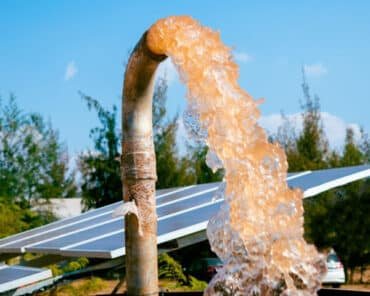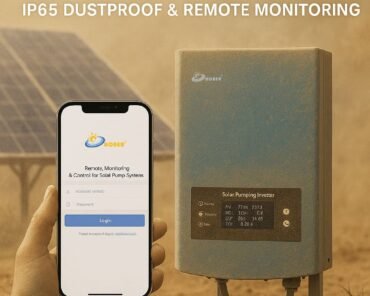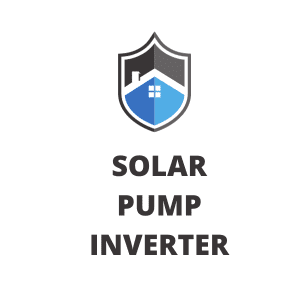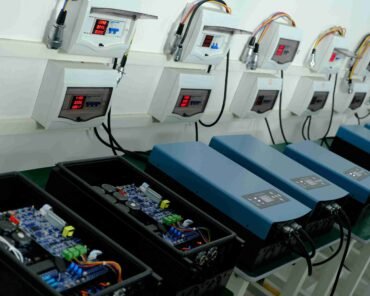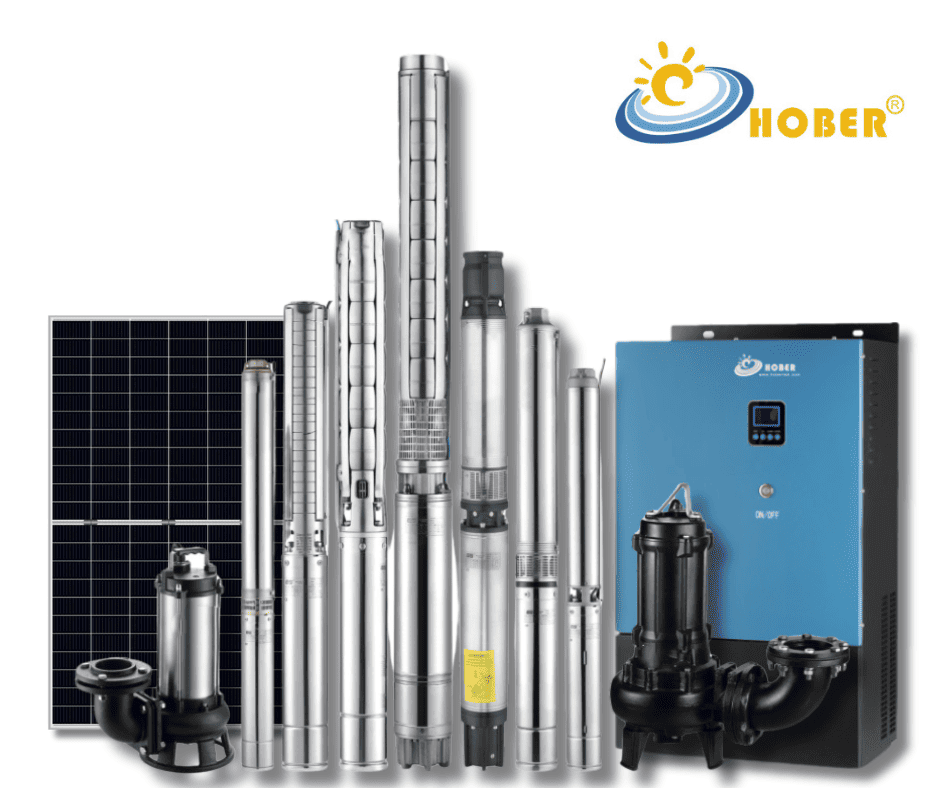Solar pump inverters play a critical role in sustainable energy solutions, particularly for agricultural irrigation, livestock watering, and industrial water management. At the heart of these systems is Maximum Power Point Tracking (MPPT) technology, a key innovation that enables efficient use of solar energy by optimizing the performance of solar panels.
This guide delves into the fundamentals of MPPT technology, its significance in solar pump inverters, and practical strategies to maximize efficiency for your solar-powered water management systems.
1. Introduction to Solar Pump Inverters
Solar pump inverters are integral components of solar water pumping systems, converting DC power from solar panels into AC power to drive water pumps. Unlike traditional inverters, solar pump inverters integrate advanced features like MPPT technology, ensuring the system operates at peak efficiency regardless of fluctuating environmental conditions.
These inverters offer an eco-friendly and cost-effective solution for powering water pumps, reducing reliance on fossil fuels and grid electricity.
2. Understanding MPPT: What It Is and Why It Matters
The Role of MPPT in Energy Optimization
Maximum Power Point Tracking (MPPT) is an advanced feature in solar pump inverters that ensures solar panels operate at their maximum power output.
Key Benefits of MPPT Technology
- Maximizing Energy Utilization:
MPPT dynamically adjusts voltage and current to optimize power extraction from solar panels. - Improving Inverter Performance:
MPPT ensures that the inverter consistently provides a steady power supply to the pump, avoiding power surges or deficits. - Adapting to Environmental Conditions:
MPPT compensates for changes in sunlight intensity and temperature, ensuring consistent operation throughout the day. - Reducing Energy Waste:
Operating without MPPT may cause solar panels to produce less energy than their potential. MPPT eliminates these inefficiencies. - Enhancing Flexibility:
MPPT technology supports diverse solar panel configurations, accommodating various pump models and system designs.
3. How MPPT Technology Works in Solar Pump Inverters
Solar panels produce power as a product of voltage (V) and current (I):
Power (P) = Voltage (V) × Current (I)
The maximum power point (MPP) is the ideal combination of voltage and current that yields the highest power output. MPPT technology in solar pump inverters continuously tracks and adjusts system parameters to ensure operation at this point, regardless of sunlight or temperature changes.
Example in Action:
A solar panel with:
- Voltage at maximum power (Vmp): 300V
- Current at maximum power (Imp): 10A
Generates 3000W at its MPP. An MPPT-enabled inverter ensures the system operates at this point, avoiding suboptimal performance.
4. Applications of MPPT in Solar Pump Inverters
Agricultural Irrigation
Solar pump inverters with MPPT ensure maximum energy extraction during peak sunlight hours, meeting water requirements while minimizing operational costs.
Livestock Watering
MPPT enables inverters to provide consistent energy for pumps, even during cloudy conditions or early mornings, ensuring uninterrupted water supply for livestock.
Industrial Water Management
In industrial applications, solar pump inverters with MPPT technology improve reliability and efficiency, reducing downtime and optimizing resource management.
5. Designing Efficient Systems with MPPT in Solar Pump Inverters
Solar Panel Configurations
- Series Connection: Increases voltage while keeping current constant. Suitable for high-voltage pump systems.
- Parallel Connection: Increases current while maintaining voltage. Ideal for systems requiring higher current.
Selecting Compatible Components
Choose panels with voltage and current outputs that align with the MPPT operating range of your solar pump inverter.
6. Practical Tips for Maximizing MPPT Efficiency
- Choose Quality Panels and Inverters:
Select components with specifications that match your system’s needs for optimal performance. - Optimize Solar Panel Installation:
Ensure panels are positioned to receive maximum sunlight and are free from shading. - Monitor System Performance:
Use inverters with built-in performance monitoring to detect and address inefficiencies. - Perform Routine Maintenance:
Regularly clean solar panels and inspect connections to prevent energy loss. - Adapt System Design to Local Conditions:
Use high-efficiency panels and adjust configurations based on sunlight patterns in your area.
7. Common Challenges and Solutions in MPPT-Equipped Solar Pump Inverters
Low Solar Input
In low-light conditions, MPPT technology maximizes available energy, but additional panels may be needed to meet pump demands.
Voltage Mismatch
If panel voltage is below the inverter’s recommended range, the system may underperform. Adding panels in series can resolve this issue.
Power Loss
Ensure proper installation and use high-quality components to minimize energy losses in the system.
8. The Future of MPPT Technology in Solar Pump Inverters
Emerging innovations in MPPT-equipped solar pump inverters include:
- Hybrid Systems: Combining solar power with grid electricity for seamless operation.
- Remote Monitoring: Allowing users to monitor and adjust system performance remotely.
- AI-Driven Optimization: Predicting energy needs and optimizing performance based on environmental data.
9. Conclusion
MPPT technology is an essential feature of modern solar pump inverters, ensuring optimal energy extraction and reliable performance. By investing in MPPT-enabled systems, users can reduce costs, enhance efficiency, and achieve sustainable water management.
Consult with a trusted provider to design or upgrade your solar pump system with MPPT technology, ensuring long-term efficiency and sustainability.
10. FAQs about MPPT in Solar Pump Inverters
- What is MPPT in a solar pump inverter?
MPPT stands for Maximum Power Point Tracking, a technology that optimizes solar panel energy output. - Why is MPPT crucial for solar pump inverters?
MPPT ensures that inverters extract maximum energy from solar panels, improving efficiency and reliability. - How does MPPT work in a solar pump inverter?
MPPT adjusts the voltage and current to maintain the solar panels at their maximum power point, optimizing energy utilization. - Can MPPT-equipped inverters work in low-light conditions?
Yes, MPPT helps maximize energy extraction even during low sunlight. - What challenges can arise with MPPT systems?
Common challenges include low solar input, voltage mismatch, and power losses, which can be mitigated with proper design and maintenance. - Are all solar pump inverters compatible with MPPT?
Most modern solar pump inverters support MPPT, but compatibility depends on the inverter and panel specifications.

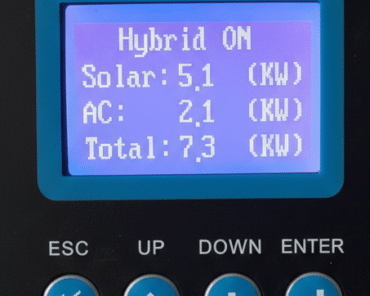
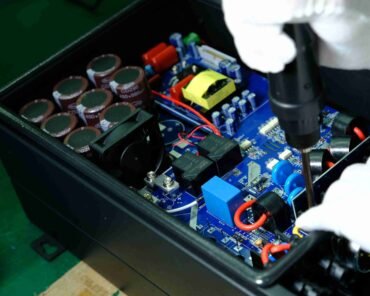
](https://hobertek.com/wp-content/uploads/2025/03/solar-pump-inverter-for-irrigation-efficient-water-pumping-solution-370x296.png)

